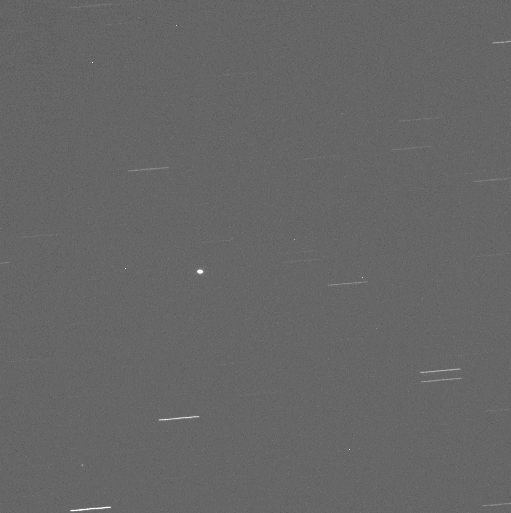BepiColombo closely tracked from observatories on Earth during its fly-by
BepiColombo closely tracked from observatories on Earth during its fly-by

neo admin

Animation of the shadow ingress and egress of BepiColombo, obtained with a 25 cm telescope located in San Pedro de Atacama, Chile. Each frame composing the animation was exposed for 2 seconds, and the telescope was tracking at the expected motion of the spacecraft. At the time of the shadow ingress, the spacecraft was located less than 17 000 km away from the telescope, and its angular motion in the sky was more than an arcminute per second.
Credit: ESA / 6ROADS, M. Gedek, R. Reszelewski, M. Zolnowski
ESA's NEO Coordination Centre recently organised an observing campaign to optically track the fly-by of BepiColombo from the ground, using telescopic assets in our network.
Despite the current worldwide shut-down of many observatories due to the ongoing health emergency, and thanks to our collaborators, we were able to target the spacecraft with more than a dozen observatories, located in all continents (except Antarctica).
The resulting data and images are still being analysed, but our optical astrometry already allow us to determine the fly-by trajectory with extreme accuracy, significantly better than a kilometre in space and a second in time.
Among the many datasets we received, one taken with the 6ROADS telescope in San Pedro de Atacama stands out, because it clearly shows the transit of the spacecraft inside Earth's shadow cone. The shadow transit occurred a bit after the closest fly-by and lasted about half hour. During the transit, the spacecraft magnitude dropped to a level that made it effectively unobservable.
